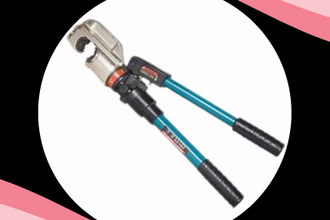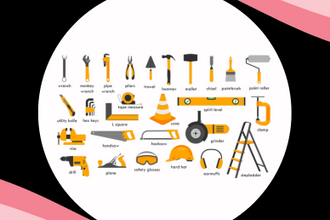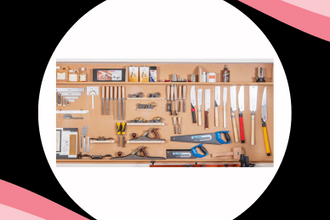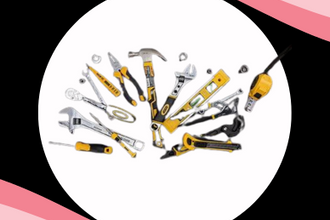Precision is the backbone of manufacturing and engineering, and nothing delivers it better than a quality die set. If you want to elevate your craftsmanship or streamline production, understanding the basics of die sets is essential. This guide covers everything—from the various types and key components to practical applications, culminating with an overview of the indispensable tap & die set and answers to common industry questions.

What is a Die Set?
A die set is more than a tool—it's the foundation of precision in modern manufacturing. In simple terms, it helps shape or cut materials, usually metal, into specific forms. You’ll often find die sets in machines used for pressing, molding, or shaping objects. The top and bottom plates work together to create consistent and accurate results.
Common Types of Die Set
Die sets come in different types, each made for specific needs. Choosing the right one depends on what you’re making and how accurate it needs to be. Here are the most common types:
1. Enclosed Die Sets
These die sets are fully enclosed to keep out dirt, dust, and debris. They offer better durability and help in maintaining clean working conditions. They’re often used in environments where cleanliness is important.
2. High-Precision Die Sets
As the name suggests, these are made for jobs where accuracy is crucial. They’re designed to keep movement tight and aligned so that every part produced is identical.
3. Smart Die Sets
Smart die sets use sensors to track and improve the forming process. They can monitor performance, temperature, and wear. This helps in maintenance and reduces the chances of machine failure. These are often used in modern manufacturing plants with automated systems.
Components of a Die Set
A die set is made of core components. Each one plays a specific role:
Upper Shoe: Holds the upper die. It moves up and down with the machine.
Lower Shoe: Fixed at the bottom. It supports the lower die in position.
Guide Posts and Bushings: Provide alignment between the upper and lower parts during motion.
Punch and Die: These are the actual working parts that shape or cut the material.
All these parts work together to ensure that every press is smooth and accurate.
Uses of Die Set
Die sets are used in many industries. Their main use is to create shapes from raw materials. Here are some common uses:
-
Stamping metal parts
-
Cutting plastic sheets
-
Forming and shaping components
-
Electronics and automotive production
-
Mold making
They are a must-have in places where parts need to be made in large numbers with the same shape and size.
Tap and Die Set: The Thread-Making Partner of Die Sets
A tap and die set may look different from a standard die set, but they share the same purpose: precision and shaping. This tool is used to create threads on screws, bolts, and inside holes.
-
The die forms threads on the outside of rods or bolts.
-
The tap forms threads on the inside of holes, as for nuts.
Tap and die sets are go-to tools for repairs, custom work, and DIY projects. If you need to fix worn threads or make a new threaded part, this set gets the job done. It’s a small but powerful part of any toolkit, especially where thread accuracy matters.
Frequently Asked Questions
1. How does a Tap and Die Set work?
A tap cuts internal threads (like inside a nut), while a die cuts external threads (like on a bolt). Both are turned manually using a handle or wrench.
2. How do you use a Tap and Die Set?
Select the correct size, apply cutting oil, and turn the tap or die slowly using the proper handle. Reverse slightly every few turns to clear debris. Use safety gear and avoid force.
3. Can a 1/2 inch die set be used with different press machines?
Yes, as long as the press machine’s stroke length, tonnage, and bed size are compatible with the die set.
Conclusion
A tap and die set may look different from a standard die set, but they share the same purpose: precision and shaping. From my perspective, the smartest builders and engineers are the ones who combine old-school reliability with modern efficiency, and that’s exactly what these tools offer. I highly recommend choosing a die set that matches your project’s scale and a tap and die set for those fine, threaded details. Now’s the time to upgrade your toolbox—explore your options, compare features, and take the next step toward smoother, smarter manufacturing.







